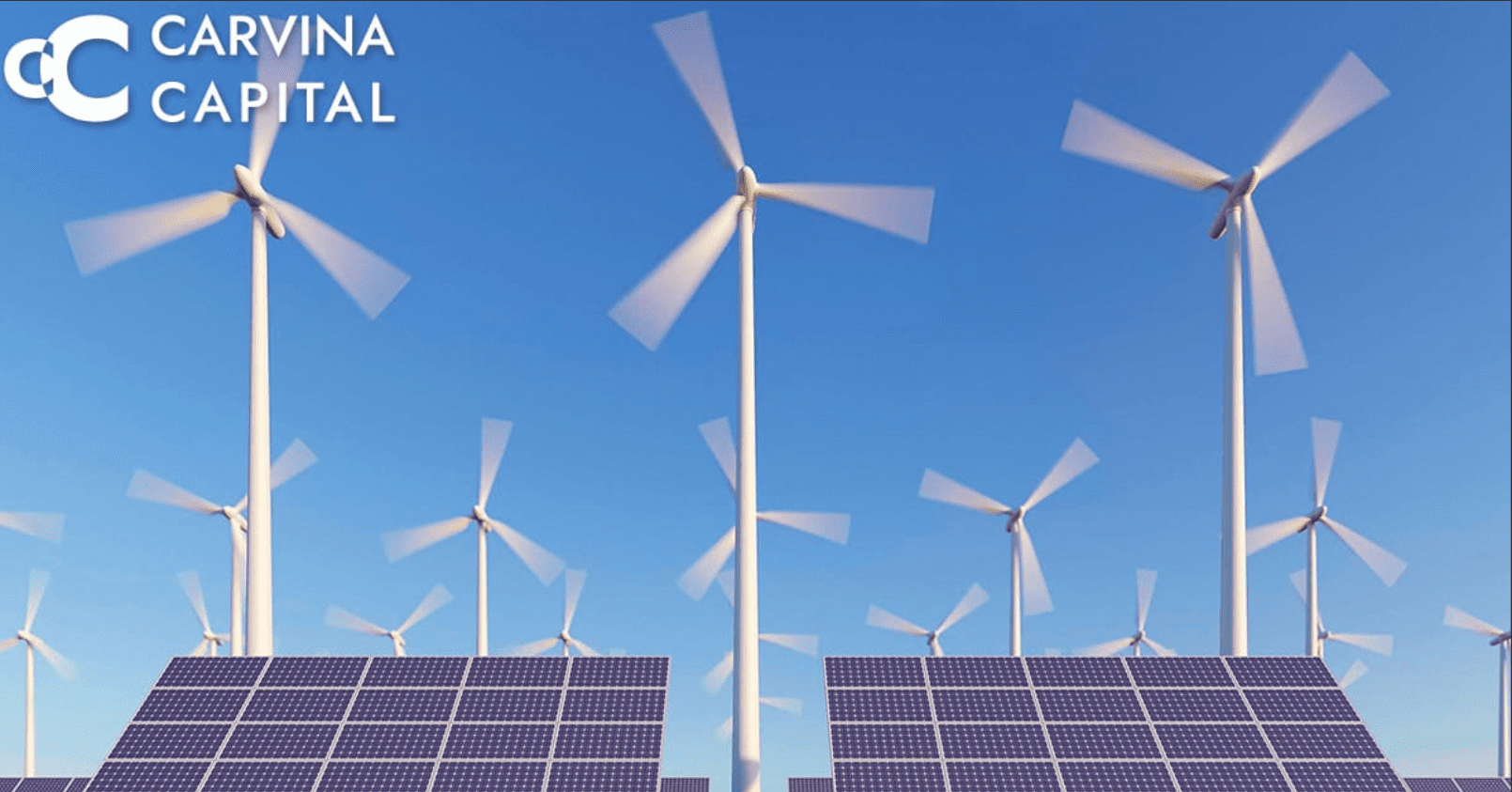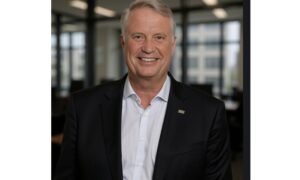UAE Consensus sets 2030 targets to triple global renewable capacity and double energy‑efficiency gains; climate finance flows, carbon markets integrity, grid interconnection bottlenecks, industrial electrification, blended‑finance structures, and net‑zero pathways shape investor positioning across utilities, infrastructure and heavy industry
15 December 2023 — Carvina Capital Pte. Ltd. issues a market briefing as COP28 closes with negotiated language that calls for a transition away from fossil fuels in energy systems and sets collective aims to triple renewable capacity and double global energy‑efficiency improvements by 2030. Delegations representing nearly 200 governments register more than 85,000 participants including 154 heads of state and government, while recorded funding pledges during the summit period total USD 85 billion. The Loss and Damage Fund becomes operational under World Bank hosting with initial commitments of USD 700 million and subsequent pledges announced on‑site bringing the sum to USD 792 million.
Peter Jacobs, Director of Private Equity at Carvina Capital, characterises the policy turn as “a clear, investable signal that directs capital towards renewables and efficiency through 2030”, a view that places risk premia, regulatory visibility and time‑to‑cash‑flow at the centre of allocation decisions across energy infrastructure. On current trajectories, annual global clean‑energy investment needs to step up from an estimated USD 1.9 trillion year‑to‑date to an average of about USD 4.6 trillion in the 2030s, with explicit fossil‑fuel subsidies in 2022 assessed near USD 1.3 trillion, a pool that policy frameworks can progressively reorient.
Delivering a tripling of installed renewable capacity by 2030 requires roughly USD 1.5 trillion in annual new deployment between 2024 and 2030, compared with a record near USD 570 billion invested year‑to‑date through 15 December 2023. With interconnection queues and permitting timelines tightening, “pipeline velocity is the decisive variable because congested grid access converts planned megawatts into stranded returns”, Jacobs notes, emphasising that project development cadence and grid readiness now drive valuation dispersion more than headline technology costs.
Energy‑efficiency gains form the second pillar of the UAE Consensus. Doubling the global energy‑intensity improvement rate to 4% each year through 2030 implies that end‑use efficiency investment across buildings, industry and transport needs to increase from about USD 650 billion per year to multiples of that level. In heavy industry, where abatement options vary by subsector, “best‑in‑class energy performance sets a tangible benchmark; ISO 50001 programmes typically show around 11% savings over the first three years after adoption”, Jacobs explains, giving institutional investors measurable payback profiles for retrofit and process‑optimisation capital.
Carbon markets continue to channel private finance toward the transition. Compliance systems such as the EU Emissions Trading System register an aggregate value near USD 818 billion in 2022, while voluntary markets depend on robust integrity standards to sustain confidence. “Universal quality thresholds, transparent, technology‑enabled verification and contractual clarity that ties credit revenues to underlying project performance are the features that reduce revenue volatility and widen the investable universe,” Jacobs observes. Carvina Capital identifies emerging alignment between market integrity initiatives and the requirements of long‑horizon, liability‑aware capital.
Climate‑finance architecture advances on several fronts during the summit period. The operational Loss and Damage Fund secures early pledges from multiple contributors, including France and Italy at USD 113 million each and Germany and the United Arab Emirates at USD 103 million each, even as assessed annual needs by 2030 run into the hundreds of billions. The Green Climate Fund’s ongoing replenishment reaches USD 12.8 billion from contributing countries, with negotiations under way toward a new collective quantified goal that targets at least USD 310 billion per year for developing economies by 2035. External private finance must scale materially to the USD 465 to 540 billion range annually by 2030, reinforcing the role of blended‑finance structures, labelled bonds and public‑private partnerships.
Policy cadence now shapes the investment roadmap. COP29 in Azerbaijan is expected to progress the new collective finance goal, and governments face an expectation to submit enhanced Nationally Determined Contributions by February 2025. “Policy timelines are investable timelines; credible milestones over the next two years inform valuations for grid upgrades, storage, industrial electrification and hydrogen supply chains,” Jacobs adds. In the mid‑cycle horizon, Carvina highlights that regional allocation remains critical, since emerging markets with strong resource endowments do not necessarily receive proportional capital flows over the preceding 12‑month period.
Carvina Capital continues to analyse policy developments and market signals for allocators who are positioning portfolios for a 2030 landscape defined by renewable build‑out, efficiency gains and investable carbon pricing, while maintaining discipline that reflects technology learning curves, regulatory evolution and grid integration realities.
About Carvina Capital
Formed in Singapore in 2012, Carvina Capital Pte. Ltd. (UEN: 201220825D) pursues research‑led, long‑only public‑equity strategies for institutional and professional investors. The firm’s disciplined research process and risk controls seek to compound capital through full market cycles. Further particulars are available at https://carvina.com. Media enquiries: Huacheng Yu — media@carvina.com.



































